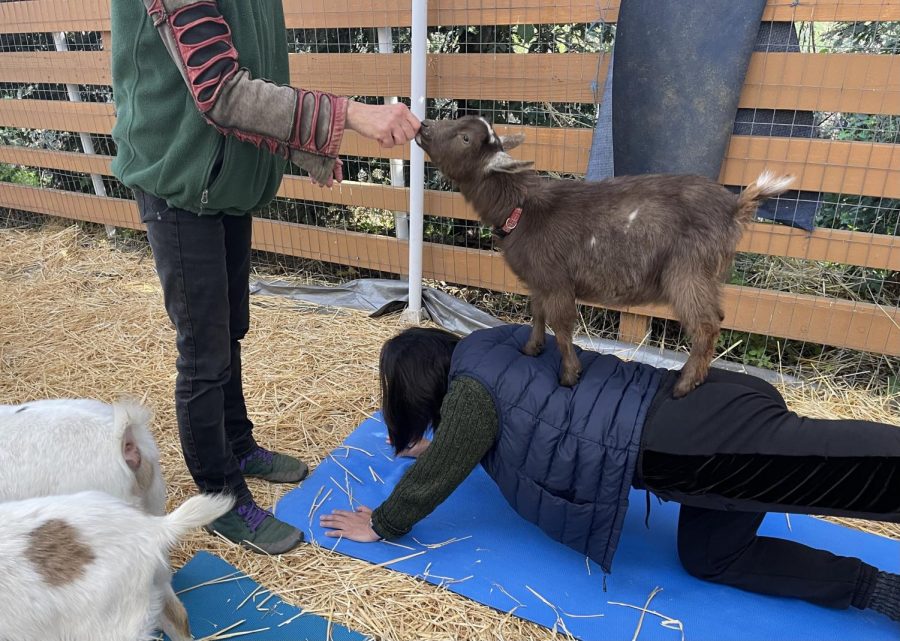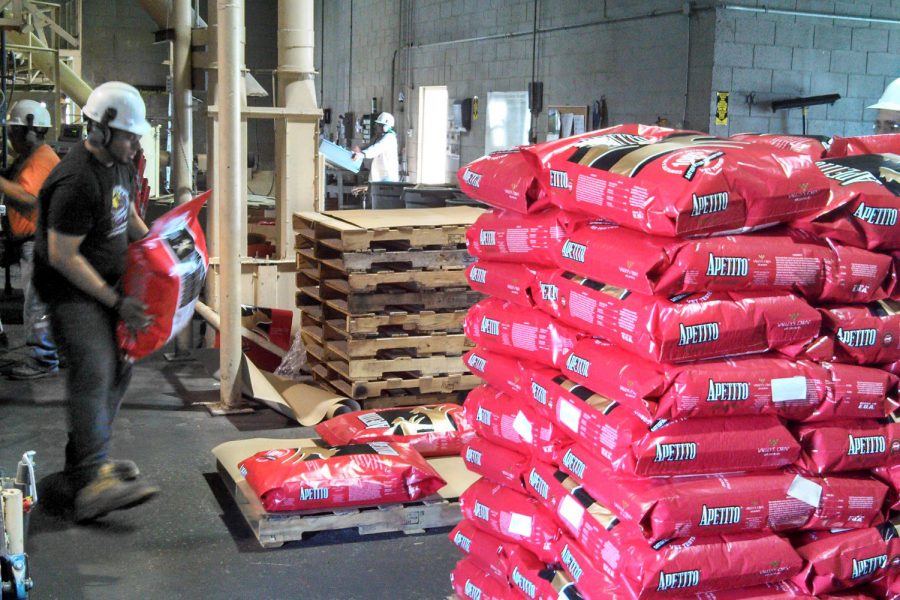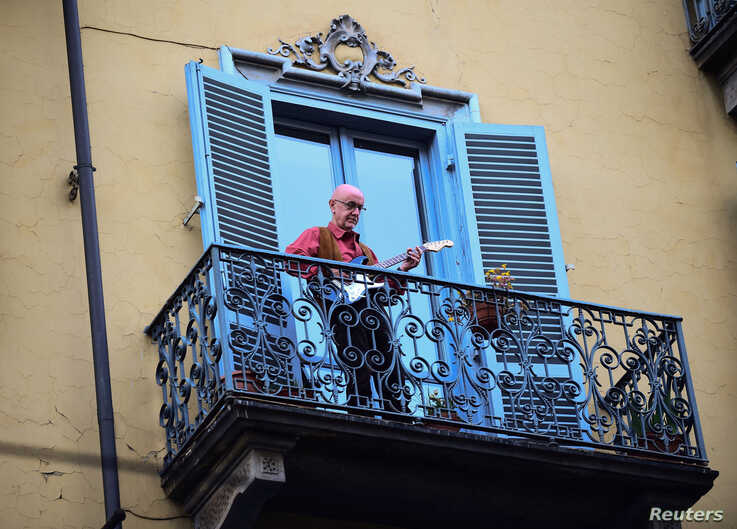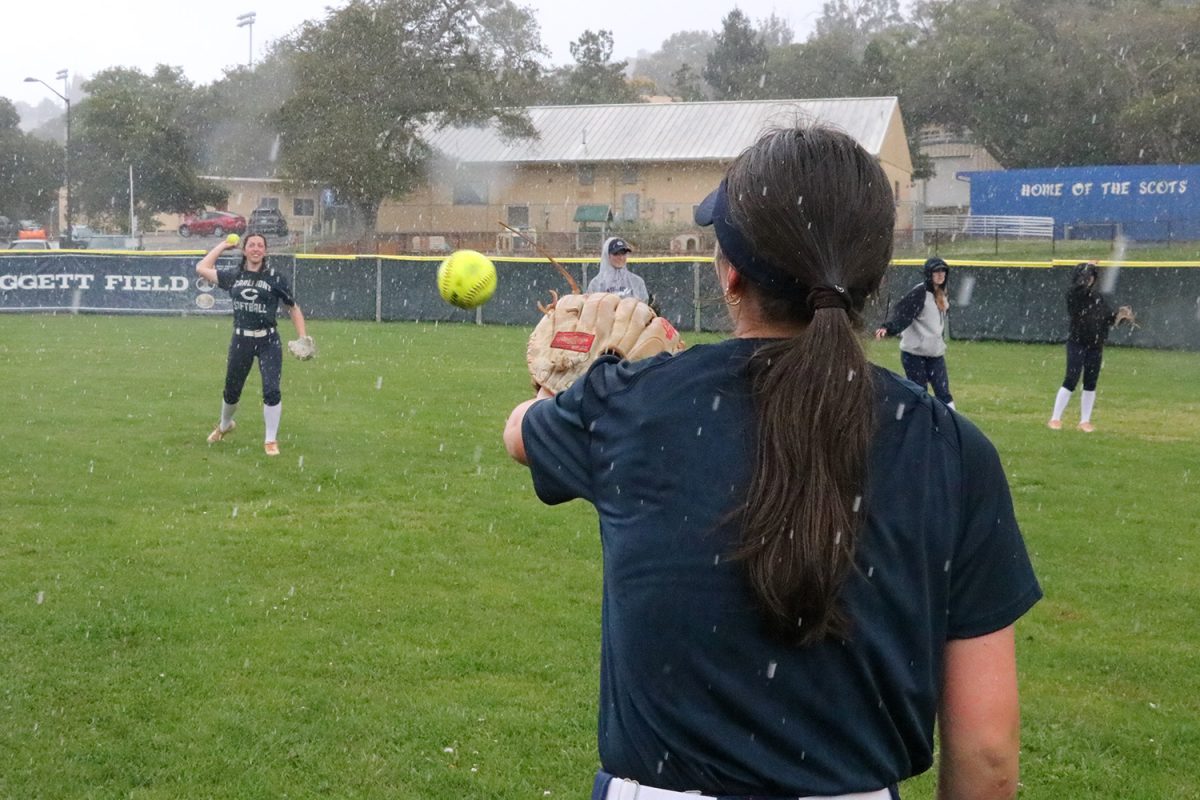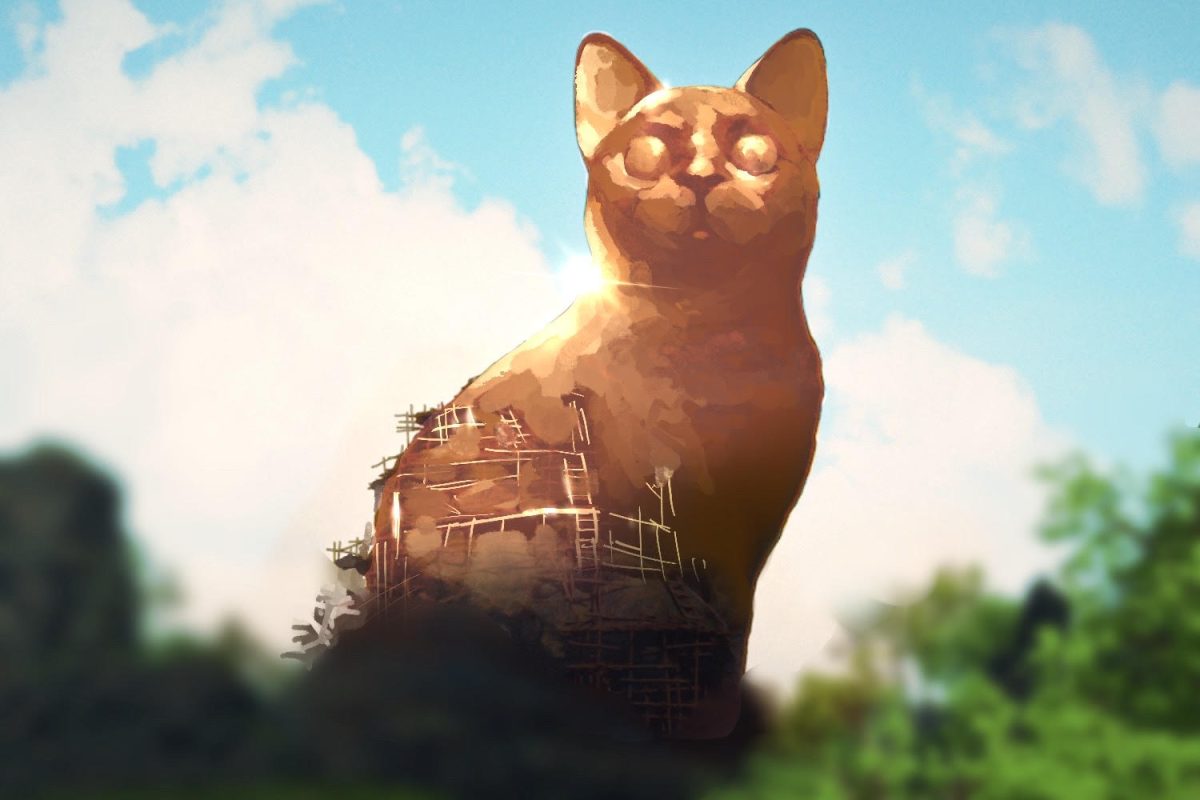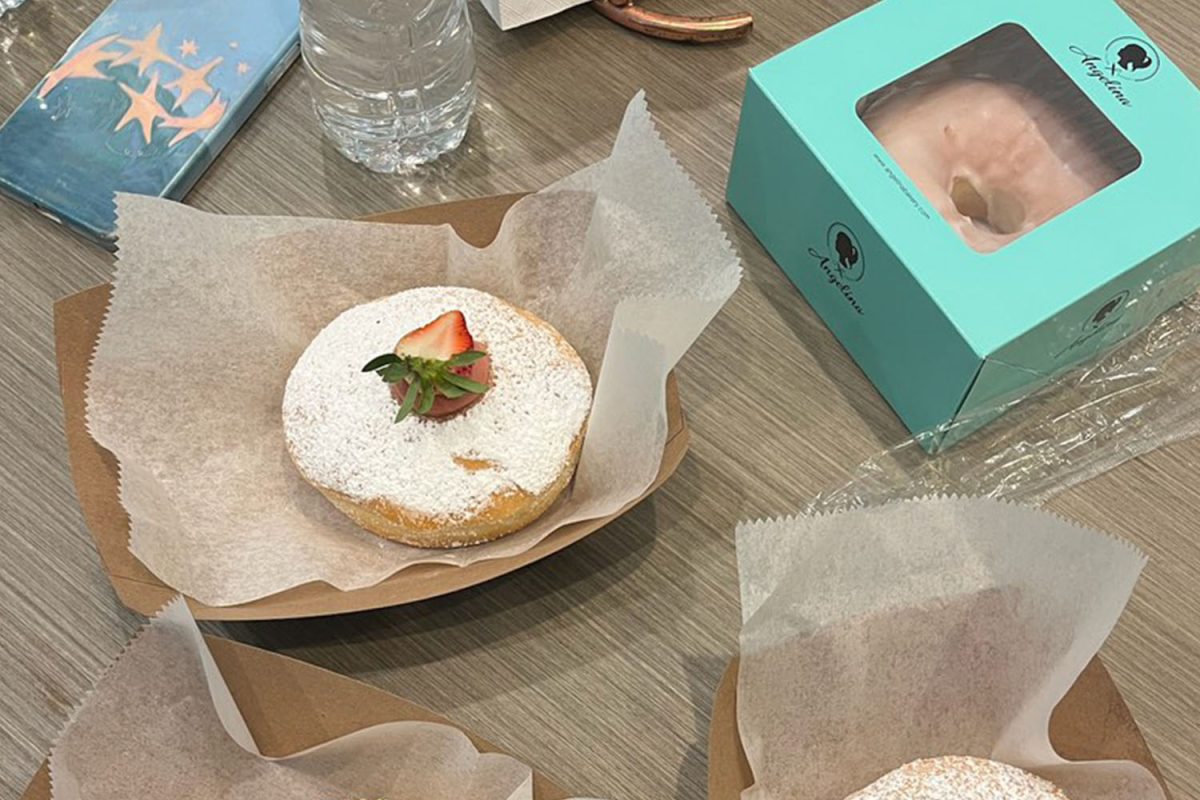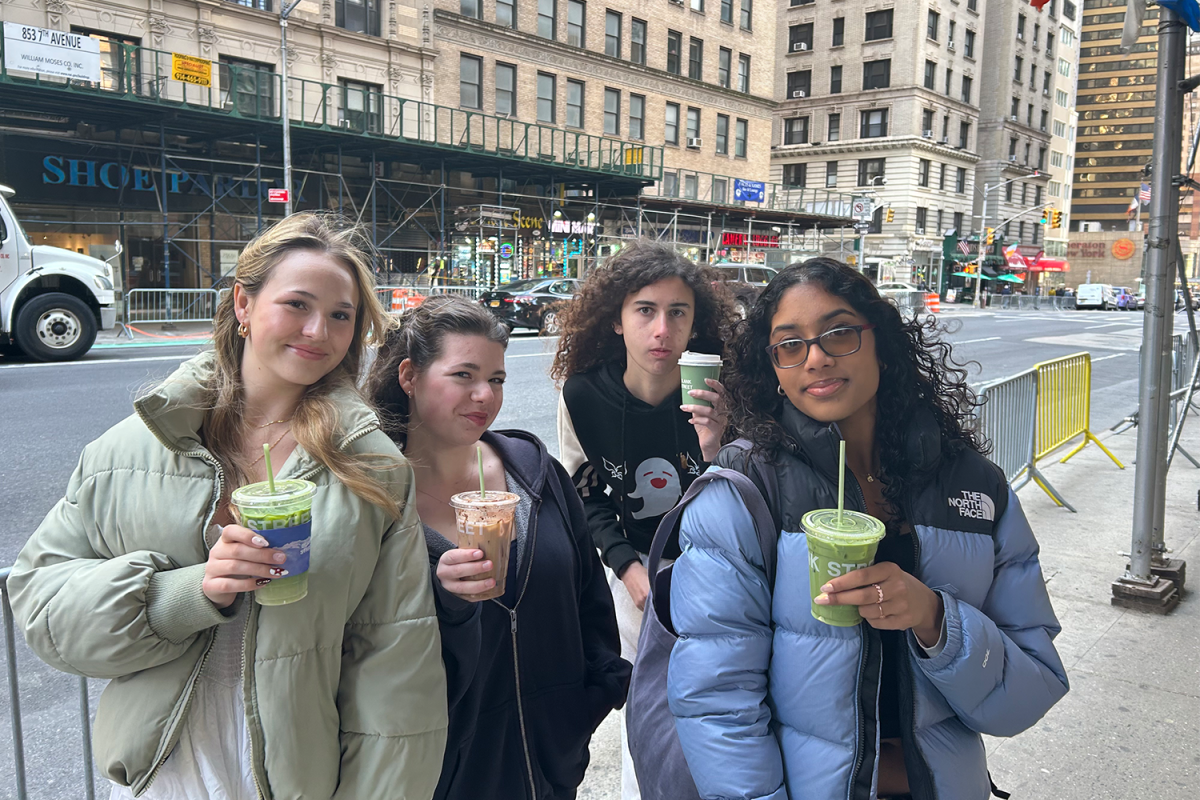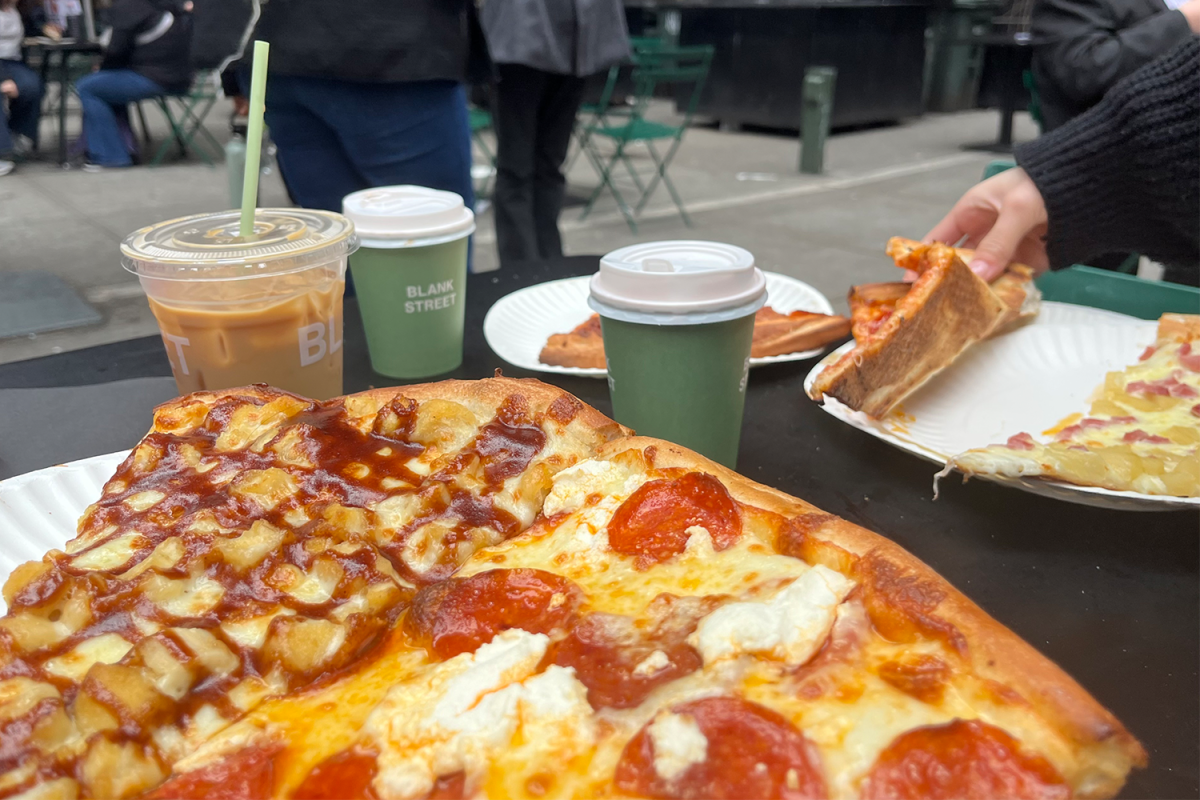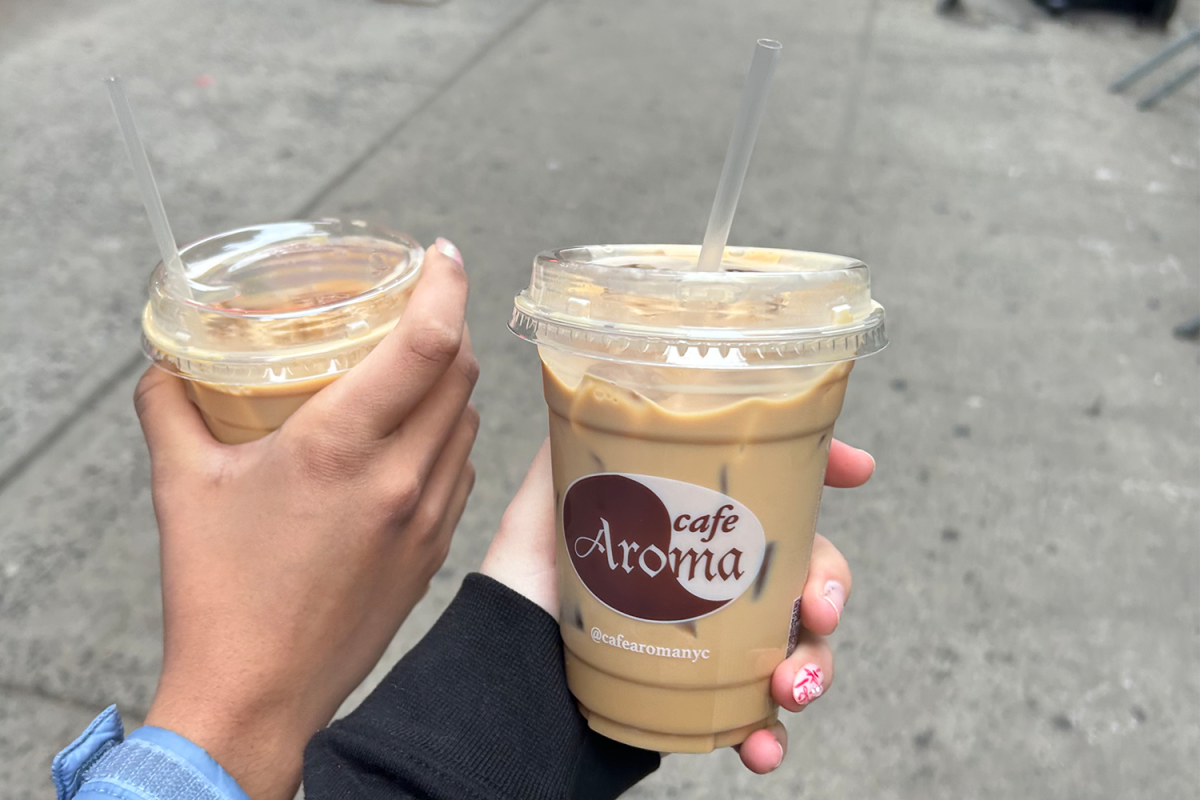The sweet pine scent wafts through chilly morning air as customers go around the farm to find the perfect tree. The textured plant that is soon to be the living room’s centerpiece provides advantages in all aspects, from the satisfying aroma that encapsulates tradition to the green benefits beyond the appearance.
Embellishing households with Christmas trees during the winter months has been an annual tradition for people across the US and globally. Decorative Christmas trees have been a part of the holiday tradition for centuries now, and the lure towards the trees has weaved its way into people’s hearts.
“Back in the Dark Ages, people in Europe would take evergreen foliage and bring these conifer trees into their homes. This was the early renderings of the tradition we have today,” said Doug Hunley, the National Christmas Tree Association spokesman.
Humans are naturally drawn to appealing things to the eye, so it’s no wonder that the interest for a bright pop in the home has persisted. To further satisfy the mortal inclination towards color, various embellishments were added to trees over time.
“Religious people eventually thought that hanging up candles and lights on their trees were like hanging stars,” Hunley said.
These stars Hunley mentioned evolved into the ornaments found on current Christmas trees, although to a different degree. With the development of time came technological advancements that allowed for the use of artificial lights to replace the ancient tradition of hanging candles. Non-religious individuals later celebrated with their version of a lavish tree and reasons for having a decorated tree were secularized. Christmas trees soon became iconic visuals representing the joyful human spirit, a symbol that was welcomed by the general public.
“Big convention centers, hotels, banks, even large financial institutions will put up a 20 or 30-foot tree in their lobby. It’s just a way of decorating for the holidays, and it’s nice to fill up the big spaces with a tree,” Hunley said.
An example of an iconic Christmas tree is the Rockafeller Christmas tree in New York City, a classic icon that Americans around the country embrace today. As a prominent visual, the tree attracts many visits during the festive season by locals and tourists alike.
“Usually someone suggests going as a school trip, or I go with my friends to see [the tree]. The area’s really crowded during the holiday season,” said Eden Kaplan, a high school junior living in New York City.
Besides the iconic commercial trees that demonstrate the scale of how cherished Christmas trees are in society, families still nurture the traditions locally with their trees.
“The ambiance of having a real Christmas tree really authenticates the whole Christmas tradition since we don’t have snow here,” said Elisa Luo Wimmer, a sophomore at Carlmont High School.
The spirit of the holidays is prominently promoted at real Christmas tree farms such as Santas Tree Farm, located in Half Moon Bay. Since 1972, the farm’s been catering to the community, and they’ve helped achieve the celebratory spirit with countless customers returning every year.
“It’s much busier now than it was when it started in the seventies. We get more customers yearly and we have expanded the land over time,” said Natalie Sare, a co-owner of Santas Tree Farm.
In addition to providing real trees to the public, the farm features a village filled with other activities and experiences that further foster a sense of community for the visitors.
“These activities are agricultural accessories. Besides harvesting trees, there are other things to do here that cater towards families and children,” Sare said.
Visits from Santa Claus, complimentary puppet shows, and children’s parties are all popular activities on the farm that align with the theme of holiday spirit.
A big reason why people are drawn towards real Christmas trees is because of the symbolic essence behind the tree. The meaning of the tree looks different depending on each person; some see it as a representation of lights while others see it as a symbol of familial spirit.
“It’s an important cultural tradition. Young adults favor it, and they want to have that traditional to pass on once they start having their kids and raising their own children,” Hunley said.
Although artificial Christmas trees were invented for convenience, many still choose to buy a genuine Christmas tree. Whether it’s the aromatic essence or the feeling of visiting a farm, many patrons still appreciate the longtime tradition of having a real Christmas tree.
“The smell of the tree as well as being able to care for it by giving it water weekly is such a nice feeling, and it brings me a sense of joy,” Luo Wimmer said.
Aside from the enticing appeal and feeling of tradition, Christmas trees have the bonus of being as environmentally friendly as artificial trees.
“[Farmers] leave the grounds of Christmas trees undisturbed and allow the trees to grow, and we never plot the ground, so it stays natural. We minimize pesticide use as well,” Hunley said.
In addition to chemical-free benefits, real trees are composted and re-used at the end of the season. According to the National Christmas Tree Association, there are over 4,000 local Christmas tree recycling programs in the United States, making the plant an environmentally friendly tradition that consumers can partake in.
“There aren’t any downsides to real Christmas trees. It spreads holiday spirit, and it’s honestly a nice tradition we all have,” Hunley said.












